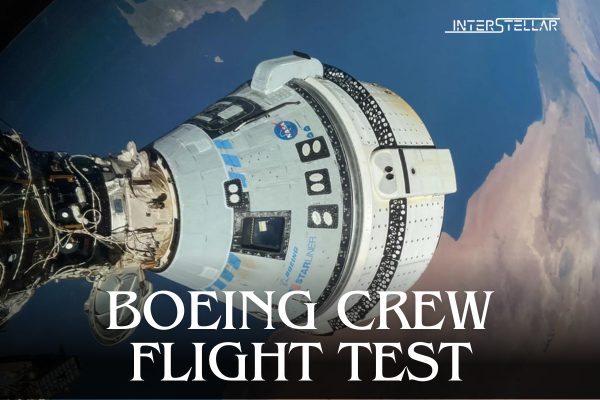NASA Updates on Boeing Crew Flight Test and Astronaut Safety
NASA’s human spaceflight management team provided an update on 14 August regarding the ongoing Boeing Crew Flight Test at the International Space Station (ISS). Key members of the NASA team, including Ken Bowersox, the Associate Administrator for Space Operations, discussed the crucial role safety plays in all aspects of NASA’s missions, emphasising that it remains a core value guiding decision-making processes.
Evaluating the Crew Flight Test
The update highlighted various aspects of the Boeing Crew Flight Test as NASA and Boeing continue to assess the data from the recent Starliner testing. The gathered data will be reviewed by NASA’s Commercial Crew Program control board before the agency holds a final readiness review. This review is essential in determining the next steps for returning astronauts Butch Wilmore and Suni Williams from the ISS.
The decision on how the astronauts will return—whether aboard the Starliner spacecraft or through an alternative mission—is still under consideration. NASA is also examining the possibility of returning the crew as part of the SpaceX Crew-9 mission. This mission is scheduled to launch no earlier than 24 September, with a planned return to Earth in February 2025.
Once the readiness review is complete, NASA leadership will hold a televised briefing to discuss the final decision and outline the path forward for the mission.
Continued Preparations and Training
While assessments of the Starliner spacecraft continue on Earth, astronauts Wilmore and Williams remain active aboard the ISS. As this mission is a flight test, the crew has undergone extensive training to prepare for any potential issues or duties that may arise. Both astronauts are well-equipped to handle various scenarios, ensuring their safety and mission success.
NASA’s Commitment to Redundant Systems and Safety
A significant goal of NASA’s Commercial Crew Program is to develop two unique human spaceflight systems to ensure redundancy. This redundancy is critical; if one system encounters an issue, NASA can still safely launch and return crew members, maintaining continuous human presence aboard the ISS.
The ISS remains a pivotal platform for groundbreaking research and technology development, supporting NASA’s long-term exploration goals, including missions to the Moon and Mars. The work conducted on the station not only advances scientific knowledge but also plays a crucial role in preparing for human and robotic exploration beyond low Earth orbit.





